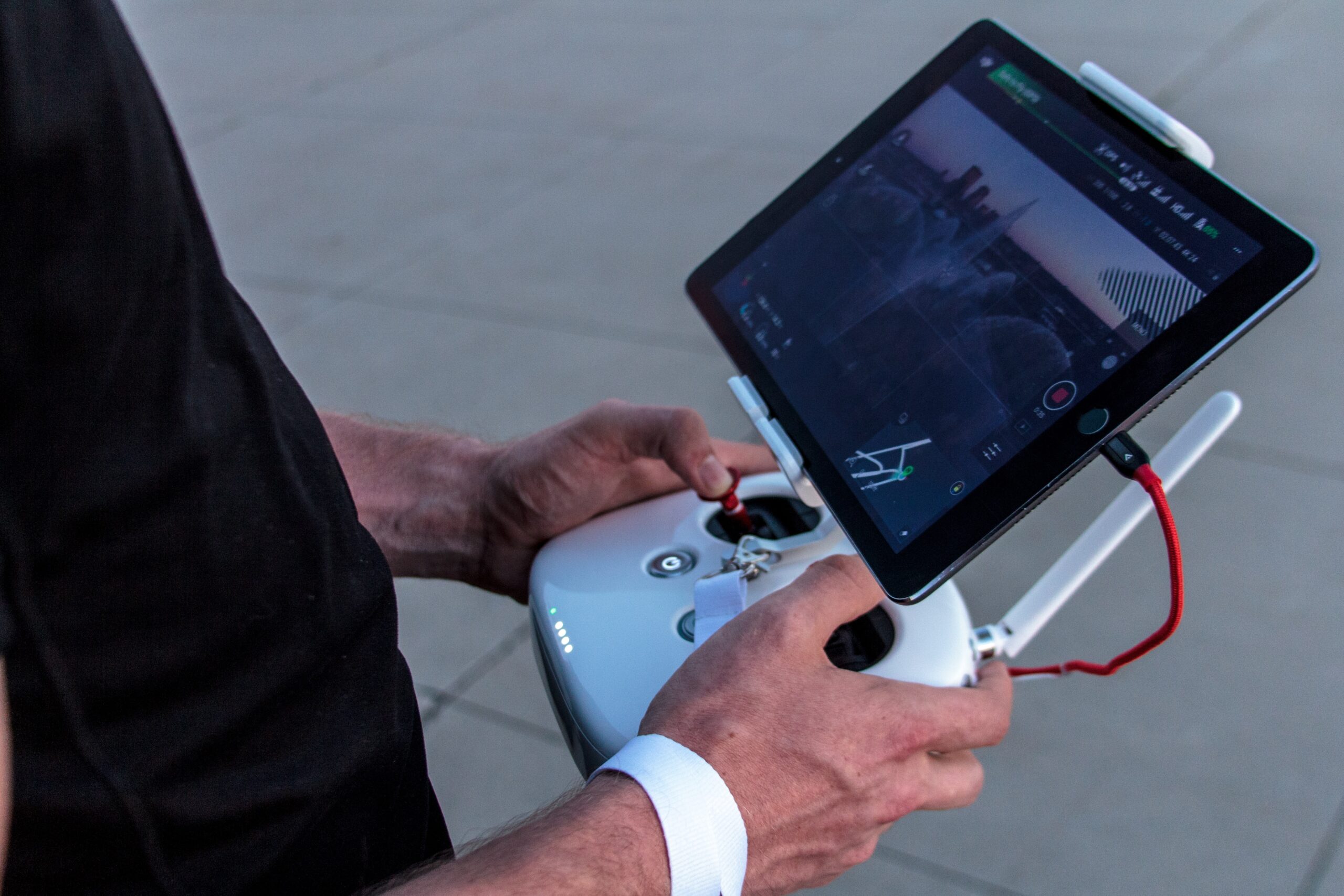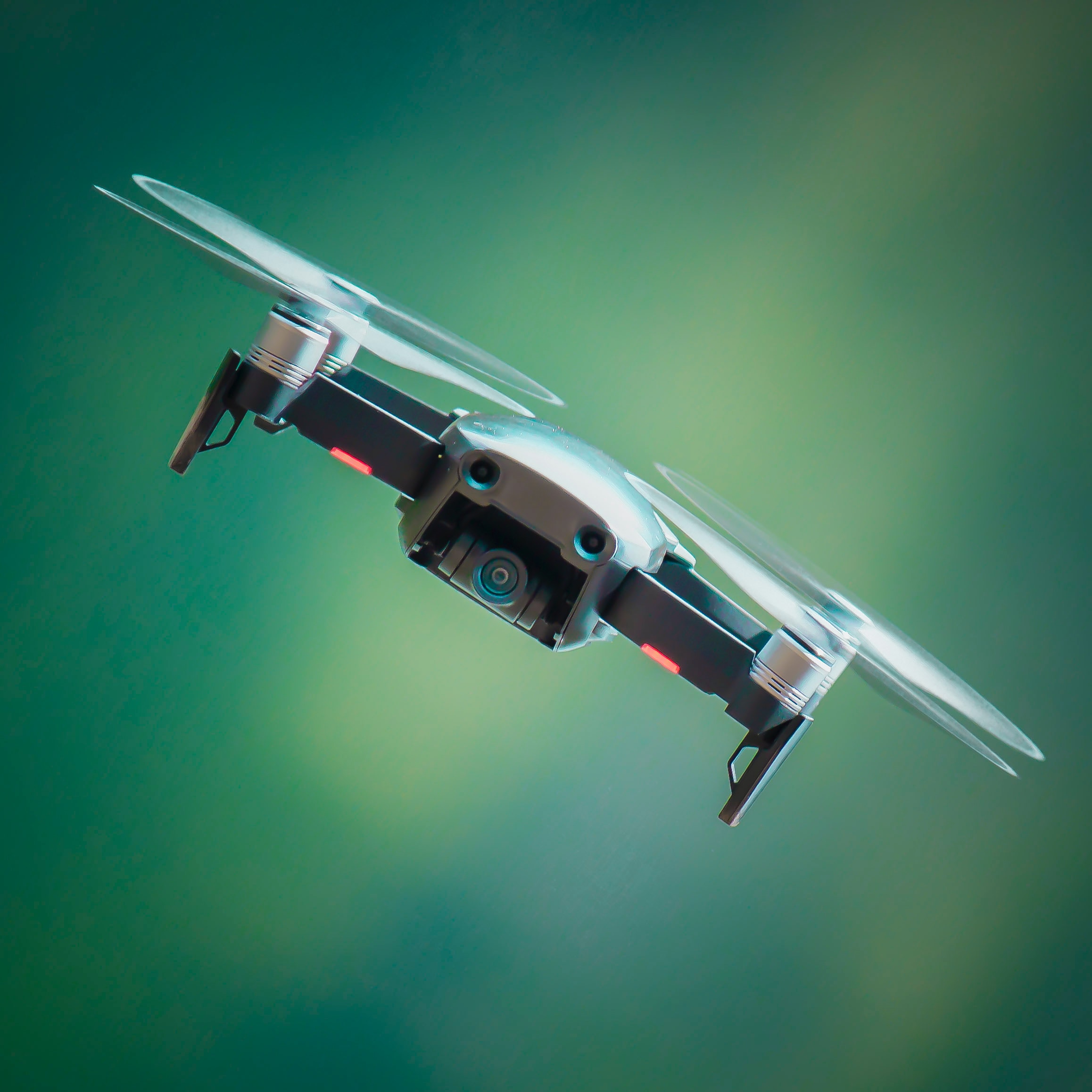Mastering Activetrack: Tracking Moving Subjects With DJI Drones
Are you ready to become a master at tracking moving subjects with your DJI drone? Look no further than ‘Mastering Activetrack: Tracking Moving Subjects With DJI Drones.’
In this comprehensive guide, you’ll gain a deep understanding of Activetrack modes and learn how to set up Activetrack on your DJI drone. Discover the best practices for tracking moving subjects and overcome common challenges that may arise.
Take your skills to the next level with advanced techniques for dynamic tracking shots and achieve smooth and cinematic Activetrack footage. And if you encounter any issues along the way, we’ve got you covered with troubleshooting tips and solutions.
Get ready to capture breathtaking shots with precision and confidence. Let’s dive in!
Understanding Activetrack Modes
To understand Activetrack modes, you need to familiarize yourself with the different tracking options available on DJI drones. These modes allow you to effortlessly track moving subjects, capturing stunning footage with ease.
The first mode to explore is Trace. In this mode, the drone will follow the subject from behind, maintaining a consistent distance. It’s perfect for capturing dynamic shots while keeping the focus on the subject.
Another mode is Profile. In Profile mode, the drone will fly alongside the subject, capturing their movements from a side angle. This mode is great for highlighting the subject’s actions and creating an engaging visual story.
Lastly, there’s Spotlight mode. In this mode, the drone will keep the camera fixed on the subject, no matter where it moves. It’s ideal for capturing captivating footage of a single subject in motion.
Setting Up Activetrack on Your DJI Drone
Get started by activating Activetrack mode on your DJI drone.
To set up Activetrack, first make sure that your drone is powered on and connected to the remote controller. Open the DJI Go app on your mobile device and connect it to your drone.
Once connected, tap on the camera view and select the icon that looks like a square with a person inside. This will activate Activetrack mode.
Next, select the subject that you want your drone to track by tapping on it in the camera view.
The drone will then lock onto the subject and start tracking its movements. It’s important to ensure that the subject is well-lit and distinct from the background to improve tracking accuracy.
With Activetrack set up, you can now effortlessly track moving subjects with your DJI drone.
Best Practices for Tracking Moving Subjects
Ensure optimal tracking accuracy by implementing best practices for tracking moving subjects with your DJI drone.
First, make sure to have a clear line of sight between your drone and the subject. Avoid obstacles that could interfere with the tracking process.
Additionally, maintain a suitable distance from the subject to ensure the drone can effectively track its movements. It’s crucial to set the tracking speed appropriately according to the subject’s speed.
Adjust the tracking sensitivity to match the subject’s size and movements. Consider the lighting conditions and adjust the exposure settings accordingly.
Finally, practice using Activetrack in different scenarios to familiarize yourself with its capabilities and refine your tracking skills.
Overcoming Common Challenges in Activetrack
To enhance your tracking experience with Activetrack, it’s important to address and overcome common challenges that may arise while tracking moving subjects with your DJI drone.
One common challenge is dealing with obstacles that may obstruct the drone’s line of sight. This can be overcome by ensuring a clear flight path and avoiding areas with dense vegetation or buildings.
Another challenge is maintaining a stable connection between the drone and the controller, especially in areas with high interference. To overcome this, it’s recommended to fly in open areas with fewer Wi-Fi signals and to position yourself closer to the drone.
Lastly, dealing with fast-moving subjects can be challenging, as the drone may struggle to keep up. To overcome this, adjusting the tracking speed and using the appropriate flight mode can help ensure smoother tracking.
Advanced Techniques for Dynamic Tracking Shots
How can you capture dynamic tracking shots with your DJI drone using advanced techniques?
To achieve stunning dynamic tracking shots, you need to master the art of anticipation and timing.
One advanced technique is to use the ‘Trace’ mode, which allows you to follow a subject while maintaining a constant distance. By adjusting the flight speed and direction, you can create smooth and cinematic shots.
Another technique is to utilize the ‘Spotlight’ mode, which enables you to keep your subject in the center of the frame while the drone autonomously flies around it. This adds a dynamic element to your shots and creates a sense of movement.
Additionally, experimenting with different camera angles, heights, and flight paths can elevate your tracking shots to the next level.
With practice and creativity, you can capture awe-inspiring dynamic tracking shots using your DJI drone.
Tips for Achieving Smooth and Cinematic Activetrack Footage
Achieve smooth and cinematic Activetrack footage by implementing these essential tips.
First, ensure that your drone is calibrated and updated to the latest firmware for optimal performance.
Next, select the appropriate tracking mode based on the subject’s movement, such as Trace or Profile.
It’s crucial to maintain a consistent and steady speed while tracking to avoid jerky footage. To achieve this, use gentle and smooth joystick movements.
Additionally, consider adjusting the drone’s altitude and angle to create dynamic shots.
Remember to keep the subject in the frame throughout the tracking process to maintain a seamless flow.
Lastly, practice and experiment with different tracking techniques to master the art of capturing captivating and cinematic Activetrack footage.
Troubleshooting Activetrack Issues and Solutions
If you encounter any issues while using Activetrack on your DJI drone, there are several troubleshooting solutions available to help you overcome them.
Firstly, ensure that you have a strong GPS signal and that the drone’s firmware is up to date.
If the tracking isn’t accurate, try adjusting the tracking settings, such as the tracking speed and distance.
Additionally, make sure that the subject you’re tracking is well-lit and distinguishable from the background.
If the drone is losing track of the subject, check if there are any obstacles obstructing the drone’s line of sight.
Lastly, if Activetrack isn’t functioning properly, try restarting the app or recalibrating the drone’s compass.


